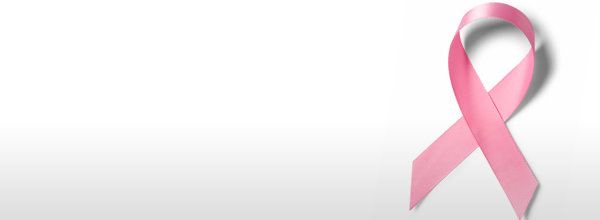Breast cancer – hope for tomorrow’s world?

About 45,000 people are diagnosed with breast cancer every year – most, but not all, are women. It is the most common cancer in women, and about 1 in 9 women will develop it at some time during their lives. Perhaps more worrying still, the number of people affected by breast cancer in the UK has been rising steadily for many years.
There’s good news too – a few decades ago, only half of women survived for five years or more after being diagnosed with breast cancer, Today, that figure has risk to 8 in 10 women. These improvements in survival are partly down to screening and earlier diagnosis of breast cancer and partly down to advances in treatment.
But despite all these advances, not all women survive. What’s more, some women whose tumours look as if they should respond to a particular treatment don’t seem to get any benefit. That’s why a new study, while it’s not going to change treatments overnight, could revolutionise the prospects for breast cancer sufferers within a few years.
At the moment, breast cancers are grouped together depending on whether the cancerous cells have oestrogen hormone receptors or not (ER positive and ER negative). If the cancer is ER positive, hormone treatments like tamoxifen, anastrazole and letrozole may be able to block the growth and spread of the cancerous cells. In recent years, samples of cancer tissue have also been tested to see whether they have another kind of receptor called a HER2 receptor or not (HER2 positive and HER2 negative). These receptors will decide if the cancer can be treated with Herceptin.
Now the largest ever global study of breast cancer tissues has set out a new way of classifying breast cancer into not four (ER positive; ER negative; HER2 positive; HER2 negative) but 10 types. These are based on the genetic fingerprint of the cancer, and include several completely new genes which have never before been linked to breast cancer. This offers real hope for the development of new drugs which can target individual genes and tailor treatment to the patient much more accurately than we have been able to until now. As a doctor who breaks the dreadful news about a diagnosis of breast cancer to patients on a regular basis, this is enormously exciting news to me. For patients, it could mean even more.



No comments: